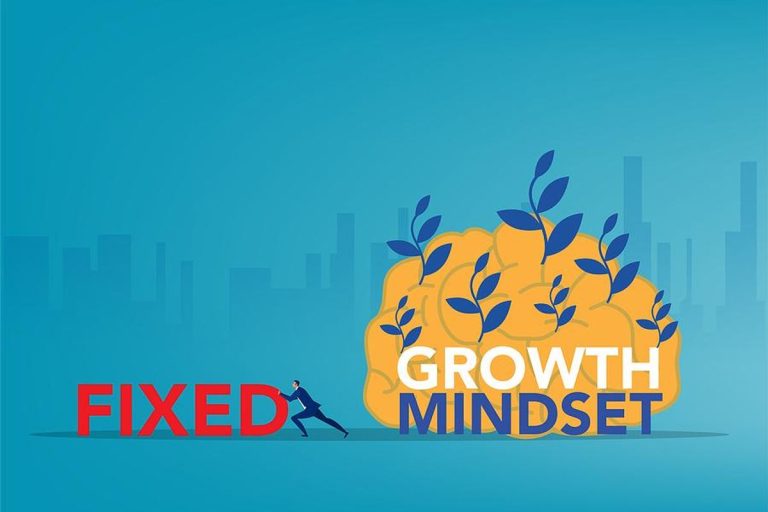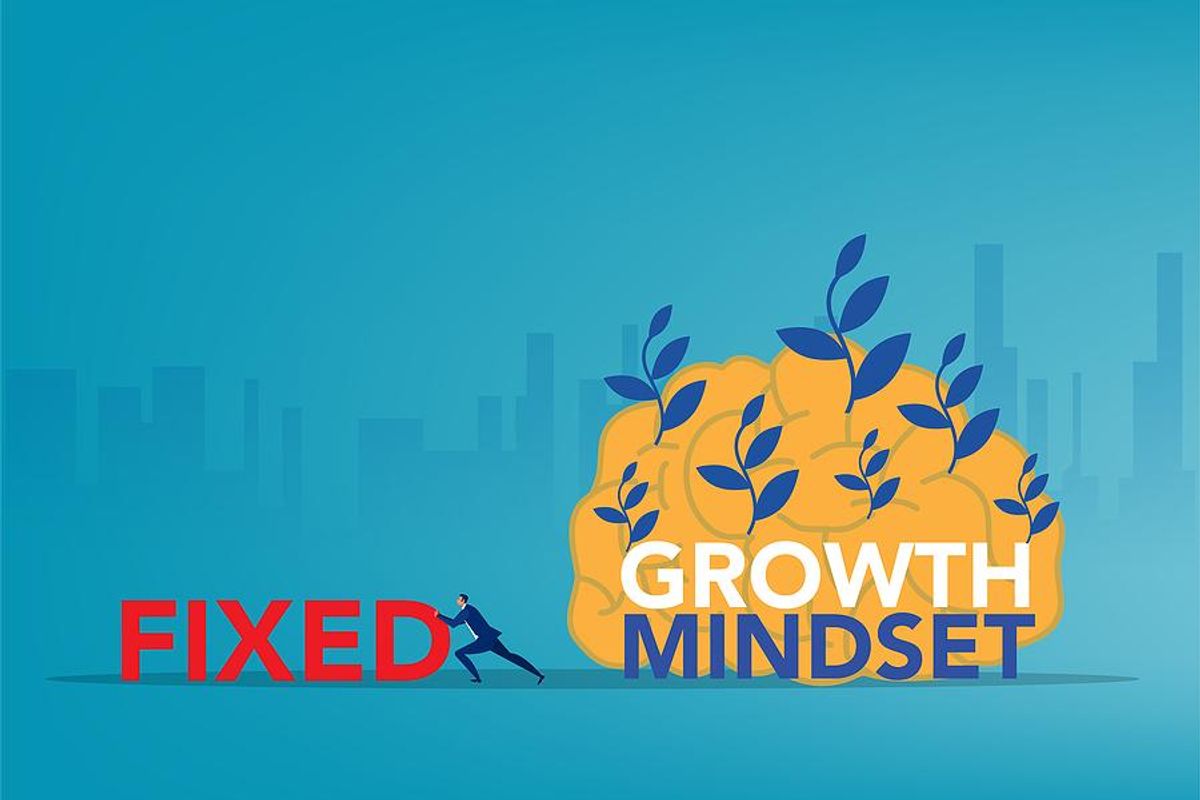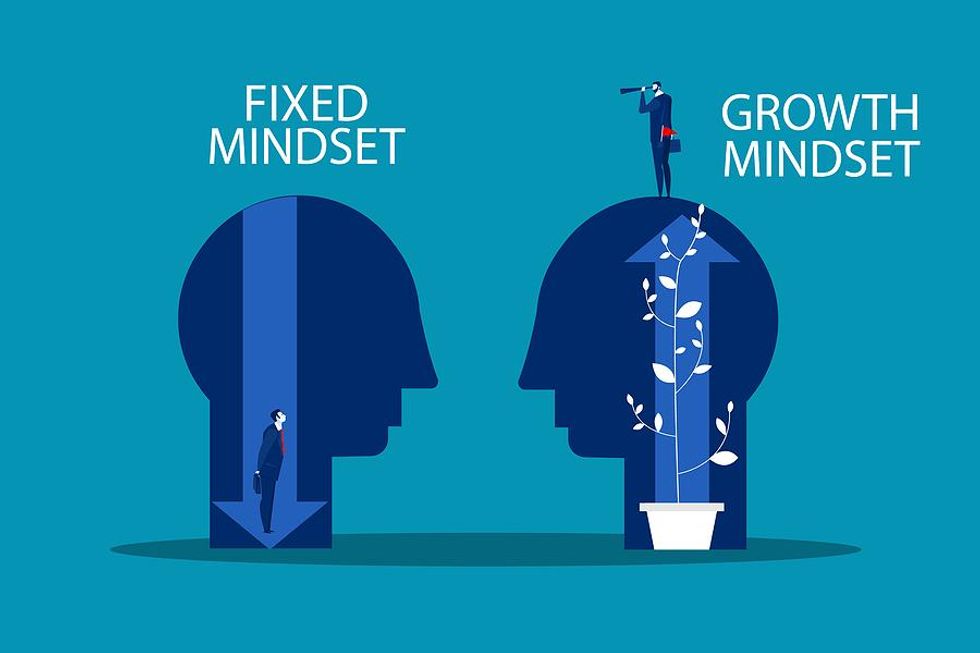5 Operational Challenges That Could Derail Your Business In 2024

In the dynamic world of business, real challenges demand decisive actions and a willingness to drive change. My experience in reviving a business serves as a vivid example of this.
When I took the helm of a company that was losing $20,000 a month, the situation was critical. The previous owner was on the verge of not making payroll, a crisis averted by my owners’ timely intervention and investment. From there, I focused on transforming five key operational areas, turning a dire situation into a thriving success story. This effort catapulted our profits to nearly $100,000 a month, culminating in the successful sale of the business.
This article is a journey through that transformation. It’s about sharing the strategies and insights that helped navigate and reshape a struggling business into a profitable venture. For business leaders facing challenges or looking to preempt them, these lessons are about fostering resilience and guiding your business toward a path of prosperity. Here, I combine practical advice with the wisdom gained from experience, aiming to empower others in their quest for business success.
Team Alignment: Ensuring The Right Fit For Success

The Team Evaluation: When I took over the struggling business, the first step was a critical evaluation of our existing team. Understanding each member’s strengths and weaknesses was key to our turnaround strategy. In this process, I found that many talented team members were simply in roles that didn’t suit them; and, regrettably, there were a few who didn’t fit with the upcoming changes, leading us to make the tough decision to part ways.
Strategically Expanding the Team: Following our team evaluation, our hiring strategy centered on finding individuals who were not just right for the roles but would also elevate our team’s overall dynamics. We sought people characterized by their passion, determination, and a consistent track record of excelling in almost everything they undertook.
Solution: Begin by thoroughly assessing your existing team. Identify not just the strengths and weaknesses of each member, but also consider if they are in the right roles where their talents can be best utilized. This evaluation can reveal hidden potential and opportunities for internal role adjustments. When expanding your team, look for candidates who not only have the necessary skills but also demonstrate desire, drive, and a history of excellence in their endeavors. This approach ensures that new hires not only fill the required roles but also contribute positively to the team’s dynamics, driving collective success. The goal is to create a team environment where collaboration, passion, and high performance are the norms, fostering a dynamic and effective work culture.
Consistent Customer Experience: Streamlining Consistency Across Operations

The Comprehensive Overhaul: A major breakthrough in transforming the business came from addressing the inconsistencies in our customer experience. We looked at every aspect of our operations to ensure a uniform and positive experience for every customer. Addressing this required a holistic approach, streamlining processes not just in customer service, but across all operational facets of our business.
Solution: To improve customer experience, it’s crucial to establish consistency in all operational processes. Review each interaction point within your business, from the initial contact to post-service or post-sale follow-up, and strive to make these experiences uniformly positive and engaging. By delivering consistently excellent service at every touchpoint, you build trust and encourage customer loyalty, which is essential for any business.
Goal Alignment: Harmonizing Team Performance With Business Vision

Setting the Business Compass: The first step in addressing our team’s inconsistent performance was to define clear, overarching goals for the business. These goals served as our compass, guiding the direction of every strategy and decision. It was crucial that these goals were not just ambitious but also resonated with the vision we had for the company’s future.
Translating Vision into Action: With the business goals in place, we then developed specific team and individual goals that aligned with these broader objectives. This alignment was key to ensuring that every effort and achievement at the team level contributed directly to the business’s overall success.
Solution: Start by setting clear and inspiring goals for your business as a whole. Then, break these down into specific, measurable goals for each team and individual. This approach ensures that everyone’s efforts are not only aligned but also contributing to the bigger picture. Embrace a coaching mentality in driving accountability, focusing on guiding your team toward these goals and fostering their growth. This strategy transforms accountability into a powerful tool for development, aligning team members’ efforts with the company’s overarching objectives. By doing so, you create a culture where each person understands and plays a vital role in the collective success of the business, leading to a more consistent and effective team performance.
Sales Process Inefficiency: Creating A Blueprint For Sales Success

The Sales Process Overhaul: A key challenge in the business’s revival was the lack of a defined sales process. Developing and documenting a clear sales strategy was essential for bringing consistency and growth to our sales efforts. Each salesperson had their own approachâor no approach at allâwhich made it difficult to identify areas needing improvement.
Implementing a Structured Approach: To address this, we developed and documented a clear sales process. This became our blueprint for sales success. By retraining our existing team and using this process for training new salespeople, we achieved a level of consistency in our sales approach. This not only improved our overall sales performance but also allowed us to pinpoint specific areas where additional training was needed.
Solution: For any business struggling with sales consistency, the key is to develop a well-defined sales process. Document this process and use it as a foundation for training both new and existing sales staff. This ensures that everyone is on the same page, making it easier to deliver consistent results and identify areas for further training and improvement. A structured sales process is a powerful tool for driving sales growth and efficiency.
Managing Online Reputation: Turning Feedback Into Fortunes

The Proactive Review Strategy: During this transformational business journey, I learned that overcoming negative reviews isn’t just about damage control; it’s about taking a proactive stance. People are quick to share their bad experiences online, and these can spread like wildfire on social media and review sites. The first step in combating this is to ensure your customer experience is top-notch, as discussed earlier. A solid customer experience naturally reduces the likelihood of negative reviews.
Engaging with Reviews: It’s also crucial to actively engage with all reviews, both positive and negative. Responding to reviews shows that your business cares and is committed to resolving any issues. This visibility in handling feedback can turn a negative review into a positive impression for potential customers reading these reviews.
Encouraging Positive Reviews: Furthermore, we started encouraging our customers to leave reviews. While it’s important to steer clear of offering incentives for reviews, simply asking customers to share their experiences can lead to an increase in positive feedback. Incorporating this request into our follow-up processes ensured it became a natural part of our customer interaction, subtly boosting our online reputation.
Solution: To effectively manage online reviews, ensure your customer experience is consistently excellent. Engage with all reviews in a constructive manner, showing responsiveness and a commitment to improvement. Encourage customers to leave reviews as part of your regular follow-up process. This approach not only helps mitigate negative feedback but also builds a stronger, more positive online presence for your business.
Final Thoughts: Lessons From A Turnaround Journey

This journey of transforming a struggling business wasn’t just a professional milestone; it profoundly impacted me personally. It was more than just reviving a company; it was about saving jobs, creating new opportunities, and expanding horizons. We didn’t just turn the business around; we expanded it, reaching into multiple states and opening new locations. Each step of this journey didn’t just contribute to our business’s growth; it created countless opportunities for others, bringing jobs and prosperity to communities.
The experience taught me invaluable lessons about resilience, innovation, and the power of a well-executed strategy. It showed me firsthand how focusing on key operational areas can not only save a business but can set it on a path of expansive growth. These strategies became the cornerstone of our expansion, proving their worth time and again.
As I share these insights, I do so with the hope that they will inspire and guide you in your own business endeavors. Remember, every challenge is an opportunity in disguise. Embrace them, learn from them, and use them to fuel your journey to success. The road might be tough, but the rewards of perseverance and strategic thinking are immeasurable.















